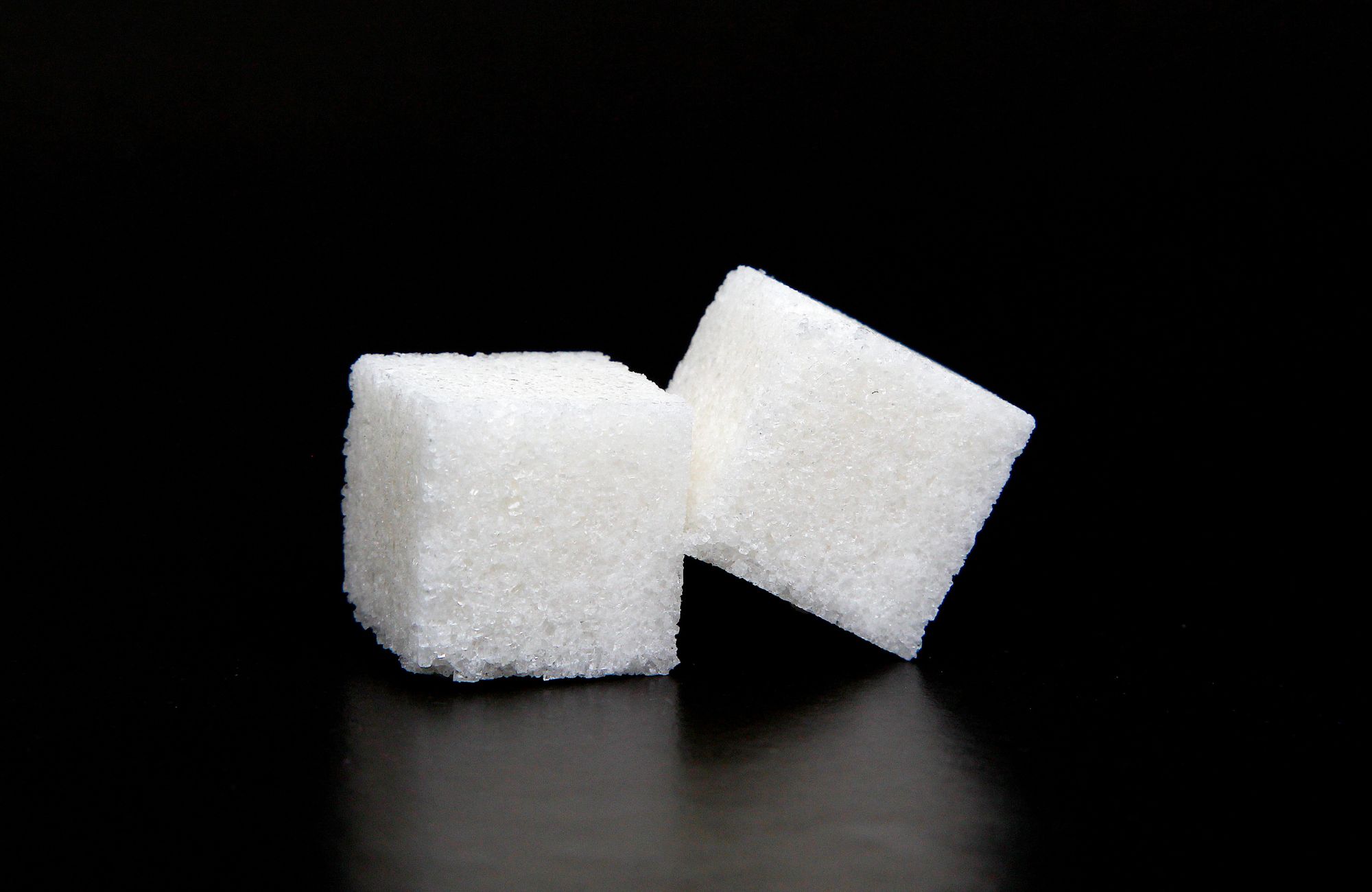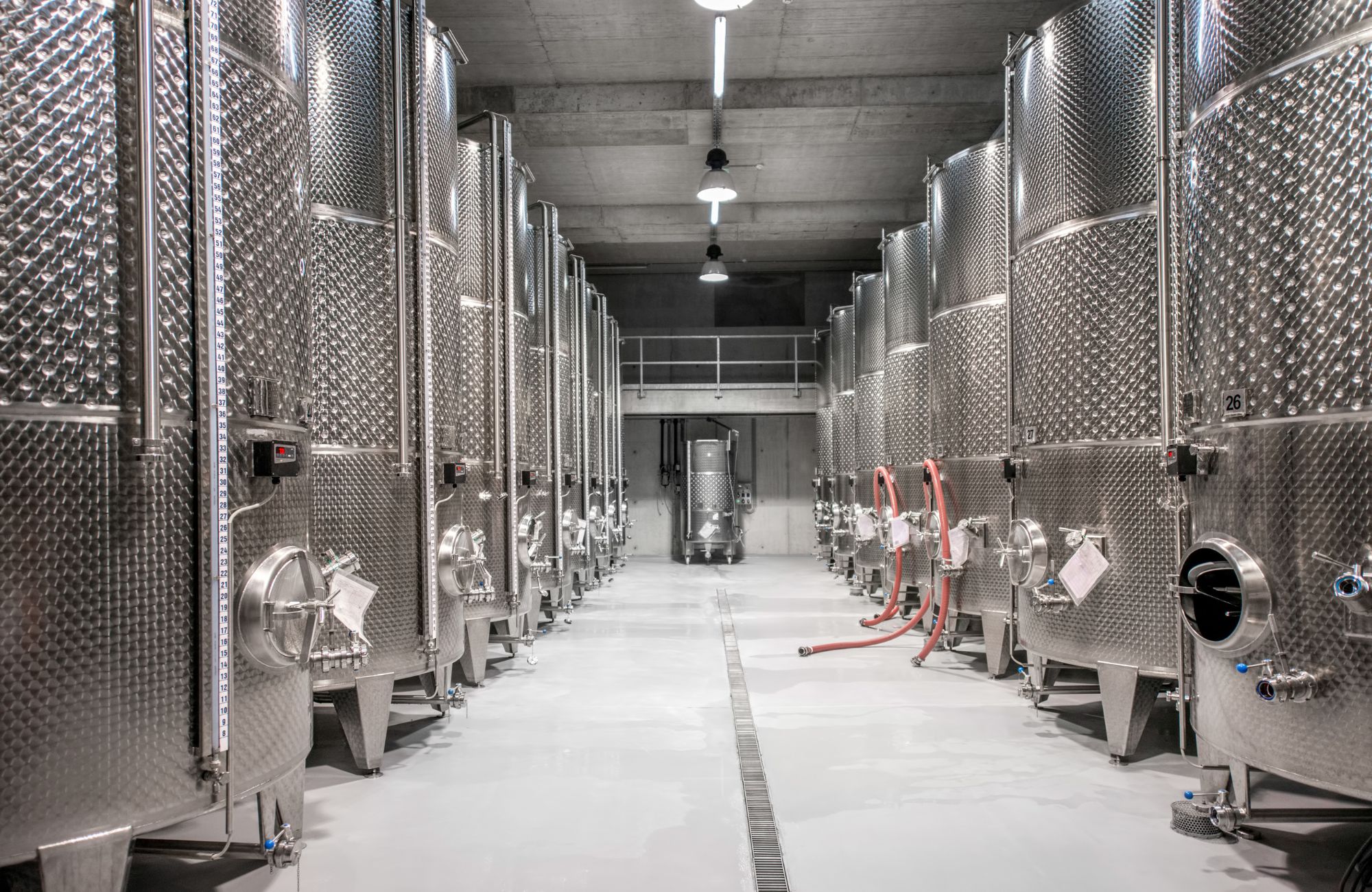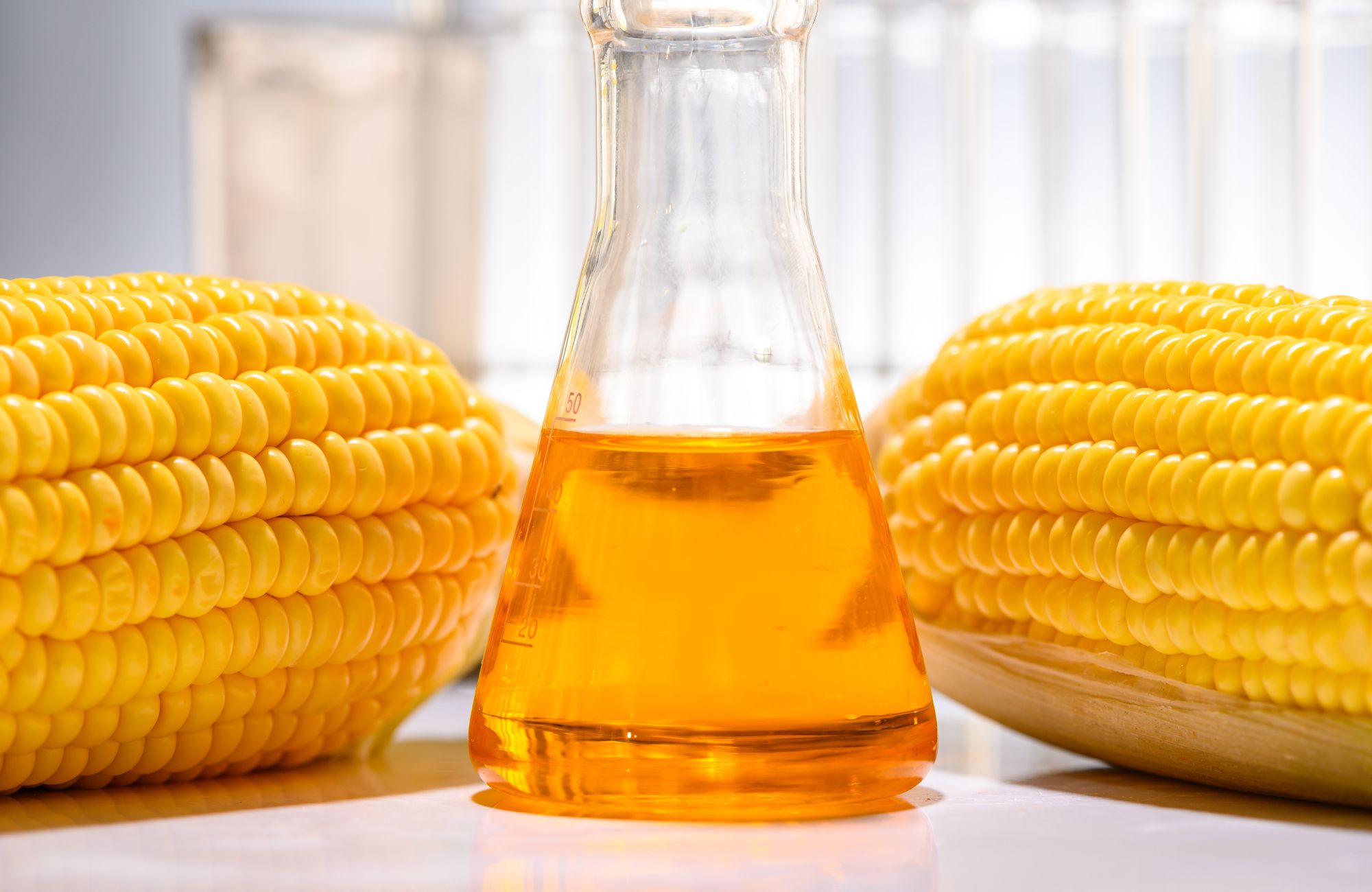
What is Sugar Made From?
If you’ve ever heard the term “sucrose,” it’s the scientific name for what we commonly call sugar. It’s primarily extracted from plants, with sugar cane and beets being the two most prominent sources.
What’s interesting is that sugar beets are quite a new development, coming into popularity in the mid 1800s. On the other hand, Sugar cane has been used for thousands of years. In Europe and Russia, sugar derived from beet origin is common whereas in the U.S. and China, it is derived from sugar cane.
Sugar is one of the oldest commodities on Earth, first domesticated in New Guinea around 8000 B.C. Its value was immediately recognized, leading to careful safeguarding to prevent theft. In the U.S., the history began in 1751 when the first sugar cane was planted in Louisiana.
Today, sugar production spans more than 120 countries worldwide, involving thousands of workers across 22 U.S. states.
How is Sugar Prepared from Sugar Cane?
Most take sugar for granted without being aware of the technique of its production. By understanding it, you can appreciate the effort and passion involved.
1. Harvesting
2. Washing & Prep
The harvested stalks are washed and cut into shreds. Picture assembly lines and massive drums of water dedicated to this process. The shredding is equally intense, as the cane moves along conveyor belts.
3. Juice Extraction
Juice is extracted from the crushed shredded stalks. Afterward, the remaining fibers are recycled as fuel. In this process the liquid is separated out from the solid material.
4. Juice Purification
A lime solution is added to remove impurities. The resulting purified liquid is filtered out of non-sucrose materials. It also makes the extracted juice light in color.
5. Crystallization
A vacuum pan evaporates the purified liquid. The resulting solution is seeded to form crystals. Alcohol and glycerin are mixed with sucrose grains to draw out the final product.
6. Centrifugation
The crystals are spun at high speeds to remove excess liquid, resulting in a raw product of exceptional quality. Once cleaned with spring water, the crystals are stored in tanks.
7. Drying & Packaging
Finally, the crystals are purified and dried with moisture levels as low as 0.02% and then packaged. The drying process is completed by a granulator and then vibrating screens separate the crystals into various sizes for packaging.
How is Sugar Made from Beets?
The process is similar for beets, but there are a few differences. Sliced beets are soaked in hot water to break cell membranes so sucrose extraction is possible through osmosis.
A brown pulp is produced, which is processed in a diffusion chamber to extract as much sweetener as possible. After purification, the process aligns closely with cane-based production.
Why Choose US Sweeteners?
At US Sweeteners, we take pride in the care and dedication we’ve shown to customers for decades. As a premier supplier of bulk sugar, we focus on meeting your needs with top-quality products, including granulated and liquid sweeteners.
You depend on us for excellence, and we make sure you have the best ingredients available to live up to that expectation.
Contact US Sweeteners today to learn more or discuss your business’s unique needs.



Leave a Reply